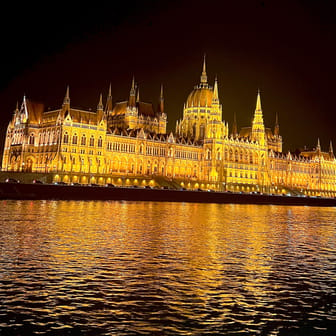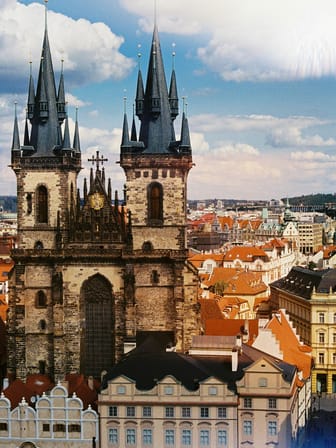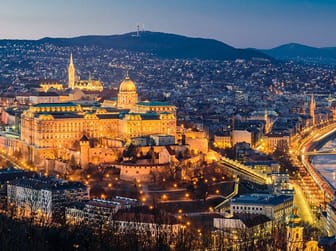Matthias Church
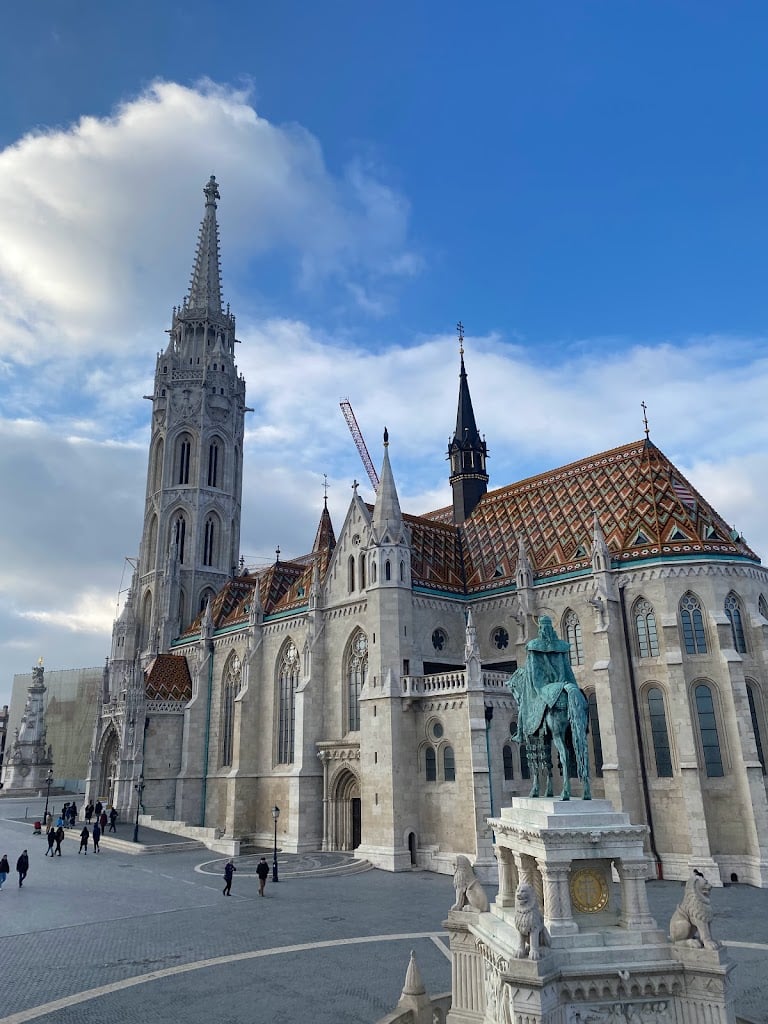

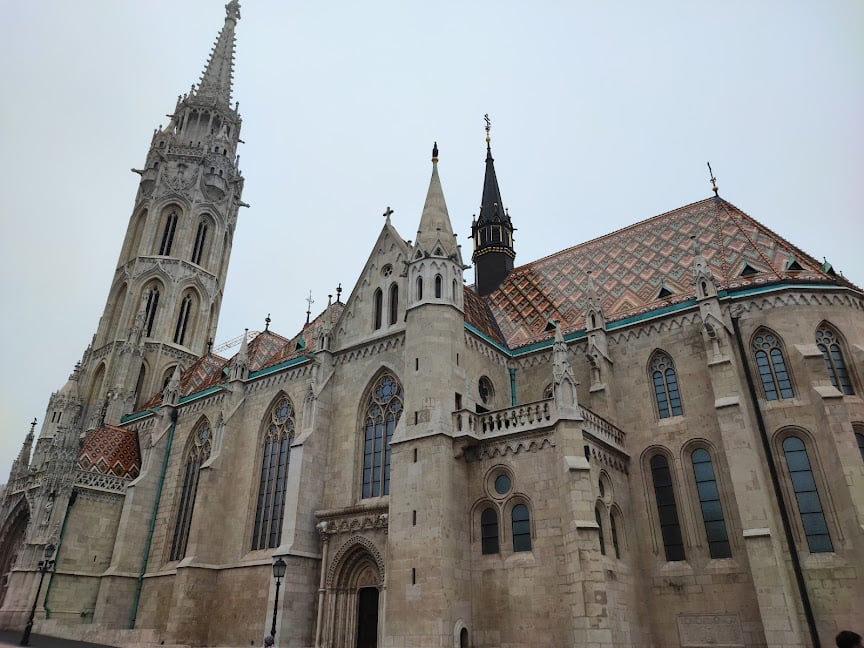

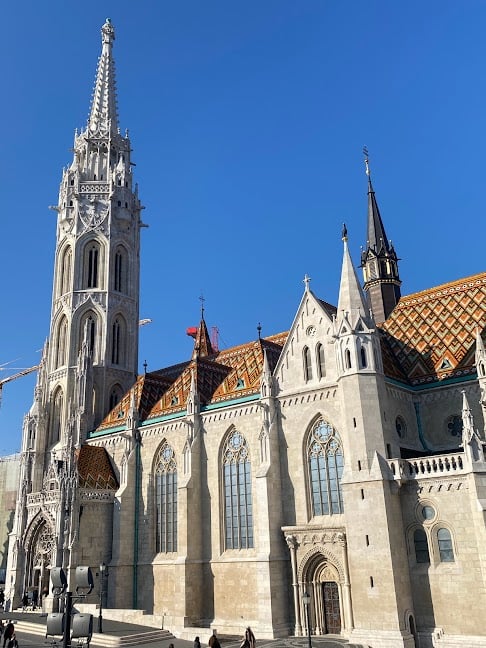
Ask ThatchGPT
Suggest a local expert to plan my trip
Suggest an unique itinerary for my Budapest trip
What foods do Budapest locals eat
What are some true hidden gems in Budapest
Help me brainstorm trip ideas for Budapest
Help me plan a family-friendly trip to Budapest
What people say
Pedro Pereira
Available for hire
"Originally built in Romanesque style in 1015, the church underwent several reconstructions over the centuries, and the current structure was built in the late Gothic style during the second half of the 14th century. Extensive restoration work in the late 19th century brought the church to its present state, highlighting its florid Gothic features. It was the second-largest church in medieval Buda and the seventh-largest in the medieval Kingdom of Hungary.
The church holds a significant place in Hungarian history, serving as the site of the coronations of two Hungarian kings: Franz Joseph I and Charles IV. It is also famous for its role during the Marian Miracle of Buda in 1686. During the siege of Buda by the Holy League, the church had been converted into a mosque by the Ottoman occupiers. When a wall of the mosque collapsed due to cannon fire, a Madonna statue hidden behind the wall was revealed. This event, perceived as a divine sign, led to a collapse in the morale of the Muslim forces, and Buda fell on the same day.
The pulpit of Matthias Church, built between 1890 and 1893 during the restoration, is an example of Neo-Romanesque art and was designed by Frigyes Schulek with contributions from art historian Béla Czobor. The pulpit is made of sandstone and features ornamental painting and statues carved by Ferenc Mikula. The abat-voix, a feature resembling a medieval tower, is carved from oak, and the statue of the Good Shepherd on top is made of linden wood. The sculptural decoration of the pulpit’s parapet includes statues of the four evangelists and the four Latin doctors of the Church.
The church's bell tower houses six bells, three of which are historic (dating from 1723, 1724, and 1891). The seventh bell hangs in the cavalry tower. Four new bells were added in 2010, and the St. Károly bell underwent a sound correction at that time."
Read more in:
Keren
"El Bastión de los Pescadores, construido entre 1895 y 1902, destaca por su arquitectura neorrománica y neogótica. Situado en la colina de Buda, ofrece impresionantes vistas panorámicas de Budapest, incluyendo el río Danubio y el Puente de las Cadenas. Diseñado por Frigyes Schulek, con siete torres que representan tribus fundadoras, conmemora el milenio de la fundación del estado húngaro en 895. Aunque la entrada al bastión es gratuita, puede haber tarifas para acceder a las terrazas superiores. Es un lugar popular para eventos y ofrece una experiencia visual única de la historia y la arquitectura húngara."
Silvia De Caro
Available for hire
"Located opposite the Fisherman's Bastion, Matthias Church is one of the oldest buildings in the city. This building has more than 700 years of history and has been the scene of numerous royal weddings and coronations such as that of the famous Princess Sisi and her husband Franz Joseph.
👣How to get there: reachable on foot from Buda Castle (200m, 3 min) Metro stop: Batthyány tér, Line M2.
🎟️Ticket cost: full price 2,500 HUF (€6.00), reduced price 1,900 HUF (€4.60)"
Read more in:
Mentioned in these guides
About Matthias Church
Get the inside scoop on Matthias Church from local experts, travel creators, and tastemakers. Browse genuine trip notes, Matthias Church reviews, photos, travel guides, and itineraries from real travelers and plan your trip with confidence.
Phone
Save this spot for later or start mapping out a new trip today
Try our AI Travel Assistant and get instant answers to any questions about your trip.
Ask ThatchGPT
